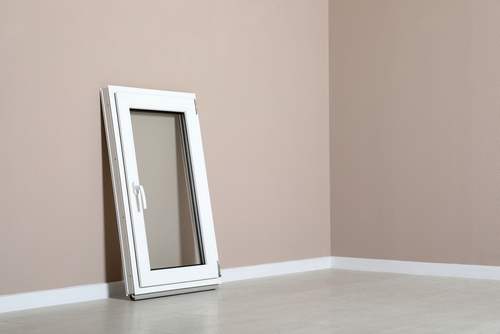
Types of uPVC Fascias and Materials
21st March 2022
Types of uPVC Fascias and Materials
Fascia boards are the boards that cover the border of the rafters outside your home and hold the gutters in place, which are necessary for roof water drainage. The fascia is typically used in conjunction with a soffit or “eave,” which is located between the board and the rafter. It serves no use other than to keep your house looking tidy and to conceal unsightly rafters. Woodbridge Home Exteriors, a manufacturer of high-quality windows and siding, discusses the benefits of various fascia board materials.

- Wood; Wood fascia boards are ideal because they are inexpensive, versatile, and water-resistant with the right finishing or treatment. When you paint over it, you may boost its tensile strength.
- Composite; this product is constructed of recyclable wood chips and sawdust that have been glued together with epoxy resin. It’s not as popular as the other options on our list (because of its greater price), but it’s rot-resistant, colourfast, and long-lasting.
- Vinyl; Vinyl is well-known for its durability and ease of installation. It is less expensive to repair and maintain than wood boards. Spraying and wiping can be used to treat any discolouration on this material.
- Aluminium; they are a popular choice as a direct upgrade of wood fascias in all aspects. Aside from its obvious durability, aluminium fascia is so flexible that it may even be wrapped over wooden fascia boards for weather protection. It is very simple to install and paint, and it is available in a variety of colours. It, too, is low-maintenance, like vinyl siding.
Cleaning uPVC Fascia
Removing mould from your soffit and fascia requires a little more effort.
If mould is left, not only does it not look good, but it can cause your fascia or soffit to rot. What’s more, it can even contribute to your roof’s timber rotting.
Here is how to remove mould from soffits and fascias:
Step 1
Start by mixing three parts bleach to one part warm water per gallon in a bucket.
One bucket is enough to cover 30 to 50 square feet.
Step 2
Position a ladder in a stable position where you can reach both the soffit and fascia.
Use a stiff brush and dip it into the bleach solution. Firmly scrub areas affected by mould.
Step 3
Move your ladder to the next position and repeat the scrubbing process until all areas affected by mould have been disinfected.
Step 4
Allow the soffit and fascia to dry.
Step 5
Within a week, inspect the disinfected area to check for mould. If it has not been removed successfully, repeat the disinfecting process until all the mould has been removed.
Benefits of uPVC Fascia
-
Improve Energy Efficient
-
Easy to maintain
-
An Aesthetically pleasing Exterior


